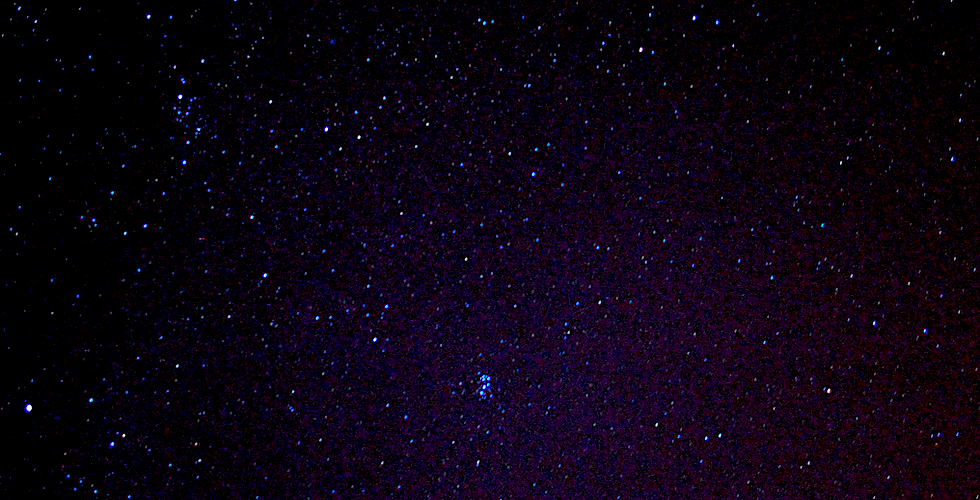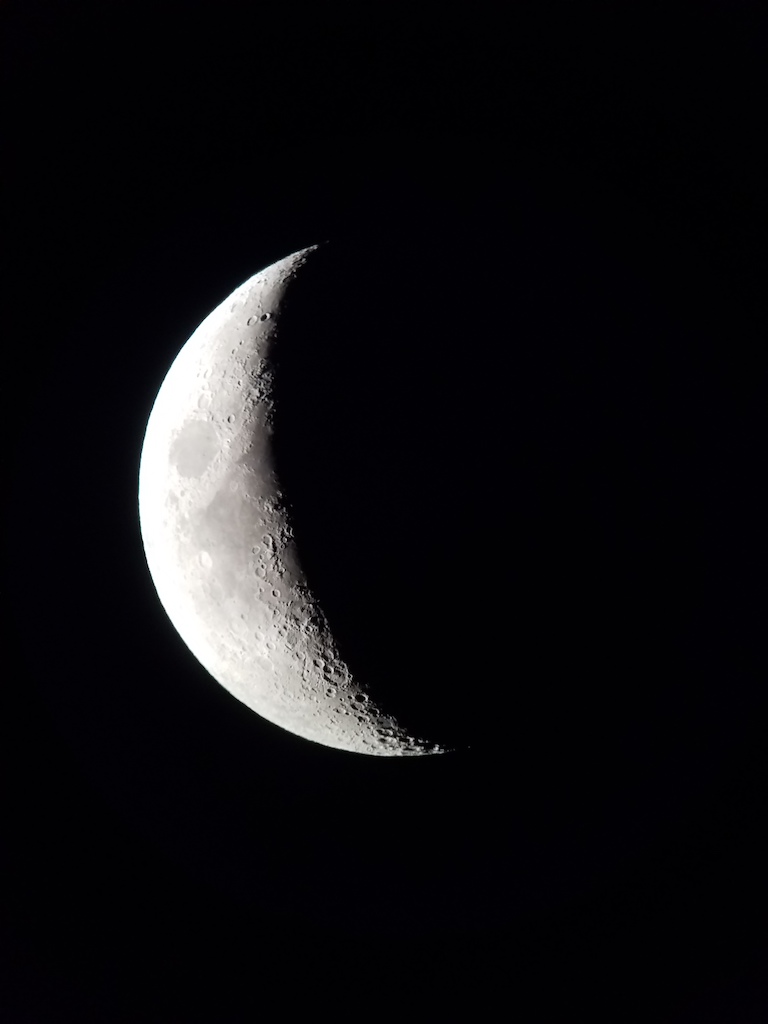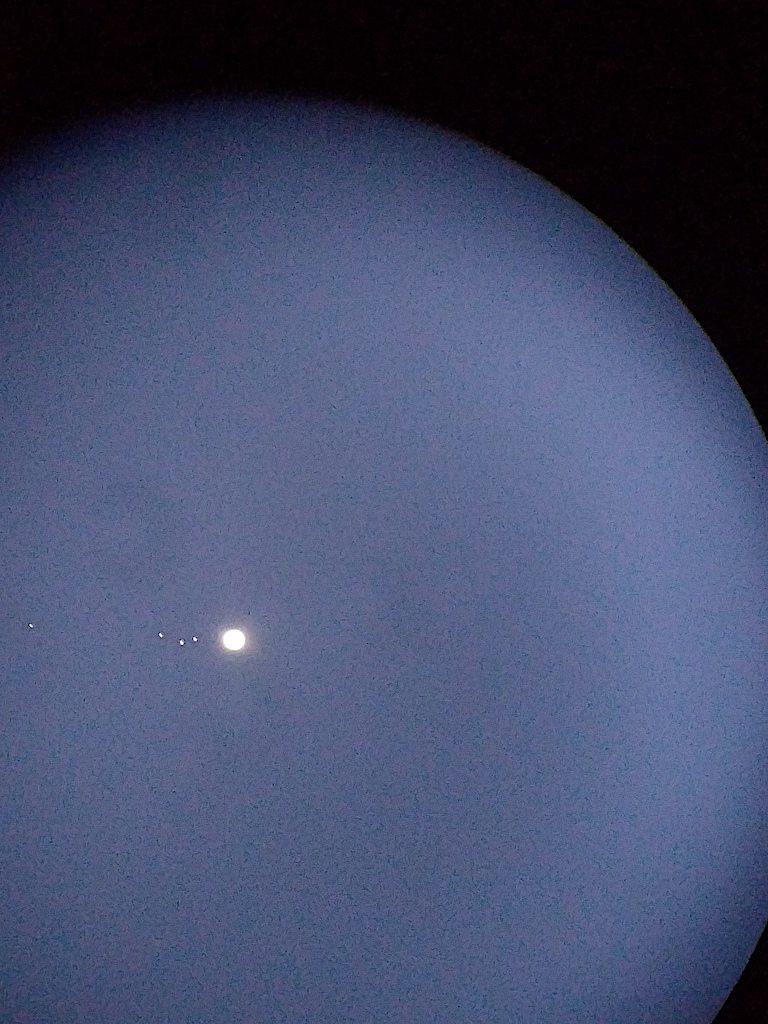
Stargazing: Get to Know the Night Sky
If you’re stuck at home, you might, like millions of others, find yourself wanting a new hobby. Stargazing is a free, rewarding way to Be Well, Be Outdoors that you can start tonight—assuming the clouds cooperate. Better yet, you don’t need a fancy telescope or a lot of gear to get started, though binoculars and a comfy lawn chair don’t hurt.

What You’ll Need
Binoculars or a Telescope
A Smartphone
Bug Spray
A Lawn Chair
A Field Guide
Stellarium (stellarium.org), a free virtual planetarium
What To Do
Stargazing is always better if you do a little prep work first. First, on the day you want to observe, check the weather to make sure it’s clear. (You’ll soon find yourself loathing clouds). Start with the moon and the planets. They are very bright, easy to find, and they make fascinating targets for binoculars or a small telescope.
Download Stellarium and enter your location to find when, and in which direction, the moon or planets will be visible. Also scope out your yard or observing area to spot where you’ll have the best vantage points.
Your east-facing view, say, might be blocked by a neighbor’s house or trees across the way, so find the best place to observe from ahead of time. For more background, peruse a field guide to get curated information an app can’t offer.
When it’s time to start observing, set up a lawn chair, slap on some bug spray, and bust out your binoculars or, if you have one, a telescope. It’s handy to have binoculars for everyone observing, and be sure everyone knows how to use them before you start stargazing. Otherwise, it can make stargazing a frustrating experience, especially for kids.

Even if you live in an area with a lot of light pollution, our nearest neighbors—the moon and the planets—always put on a good show. The moon is especially rewarding when viewed with binoculars.
For the best view, try to observe when the moon is in the first quarter or third quarter phase, and look at the “terminator” (the line dividing the moon between the illuminated half and its darker portion). There you’ll get the best contrast and can see the most detail. It’s also fun to look at a map of the moon ahead of time to get an idea of where astronauts have actually walked around! Google Moon (google.com/moon) is great for this.
If you’re patient and fiddle with the settings on your phone, you can even snap some pretty great photos by holding your phone over the eyepiece of a telescope or holding it against a binocular eyepiece (though a tripod helps immeasurably).
The Planets
When you’re viewing the planets with the unaided eye, Venus, Mars, Jupiter, and Saturn will look like bright, unblinking stars. (The other planets are trickier to spot or require more advanced gear or perfect skies.)
Through binoculars, you can see the planet’s color more clearly, and you can even see objects such as Jupiter’s moons.

Through even a small telescope, the planets come alive. Don’t expect to see pristine images like those created by the Hubble Space Telescope, but if you’ve never seen the planets with your own eyes, it’s amazing once they come into focus for the first time.
Through a telescope, you can see Jupiter’s bands, Saturn’s rings, Mars and its famous red color, and Venus’s phases.
Taking photos of planets through the eyepiece of a telescope is tricky, but it’s a lot of fun to try. Even a blurry photo of Saturn feels like an accomplishment. (It’s 910 million miles away, after all.)
Once you get the photo bug, you’ll quickly learn that there are all sorts of smartphone adapters for telescopes and binoculars, and you can also start looking up deep-sky objects (think galaxies, star clusters, etc.) to observe.
Bonus:
To really wow your family, point out the International Space Station as it passes overhead. NASA runs a website called Spot the Station (spotthestation.nasa.gov) where you can plug in your zip code to find sighting opportunities, including when to look, how high up in the sky, and what general direction. The station will look like a very bright “planet” or “star” that is moving quickly across the sky. If you’re prepared ahead of time, you can even snap pictures of it as it moves overhead.

If you are interested in a field guide, check out Night Sky: A Field Guide to the Constellations by award-winning author Jonathan Poppele or 101 Amazing Sights of the Night Sky by George Moromisato. For more stories about nature, sign up for our newsletter now!
Photography: Courtesy of AdventureKeen author and colleague Brett Ortler



Pingback: Stargazing: Get to Know the Night Sky – AdventureKEEN